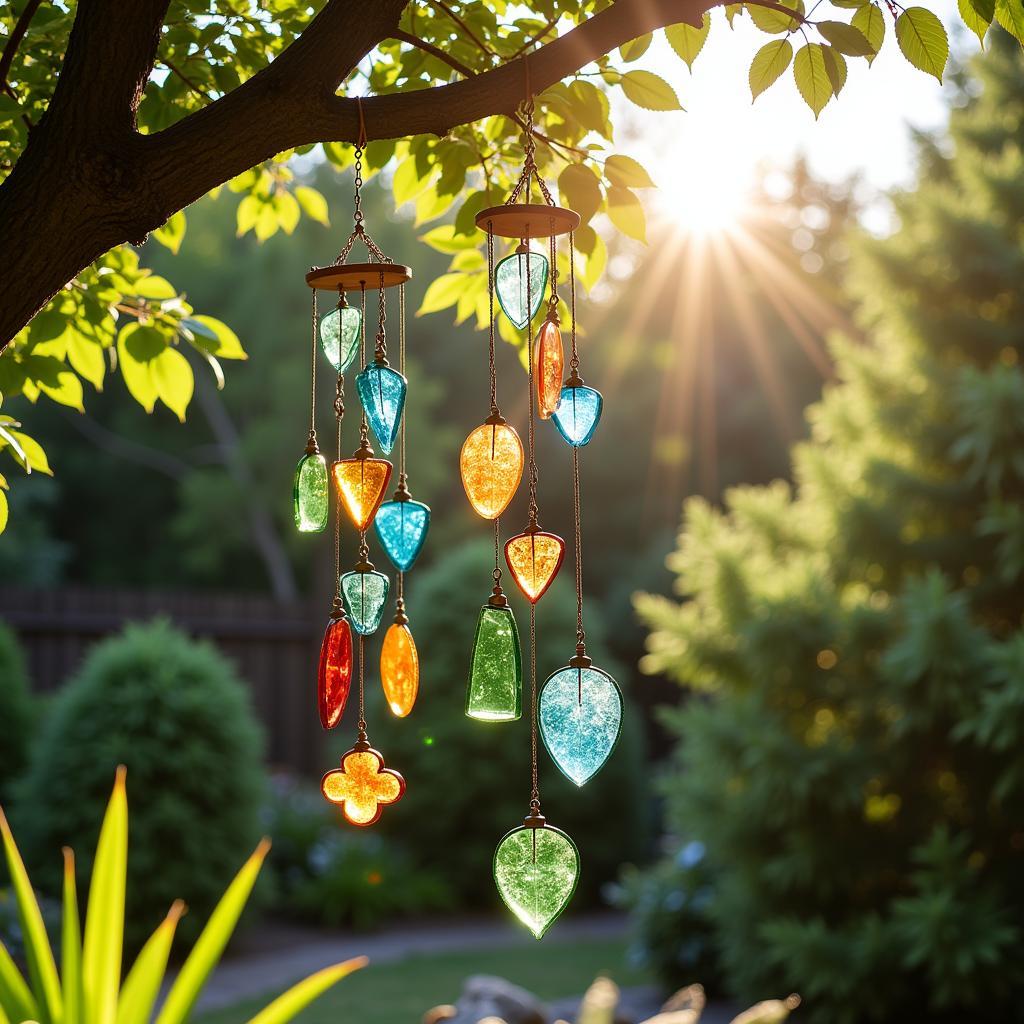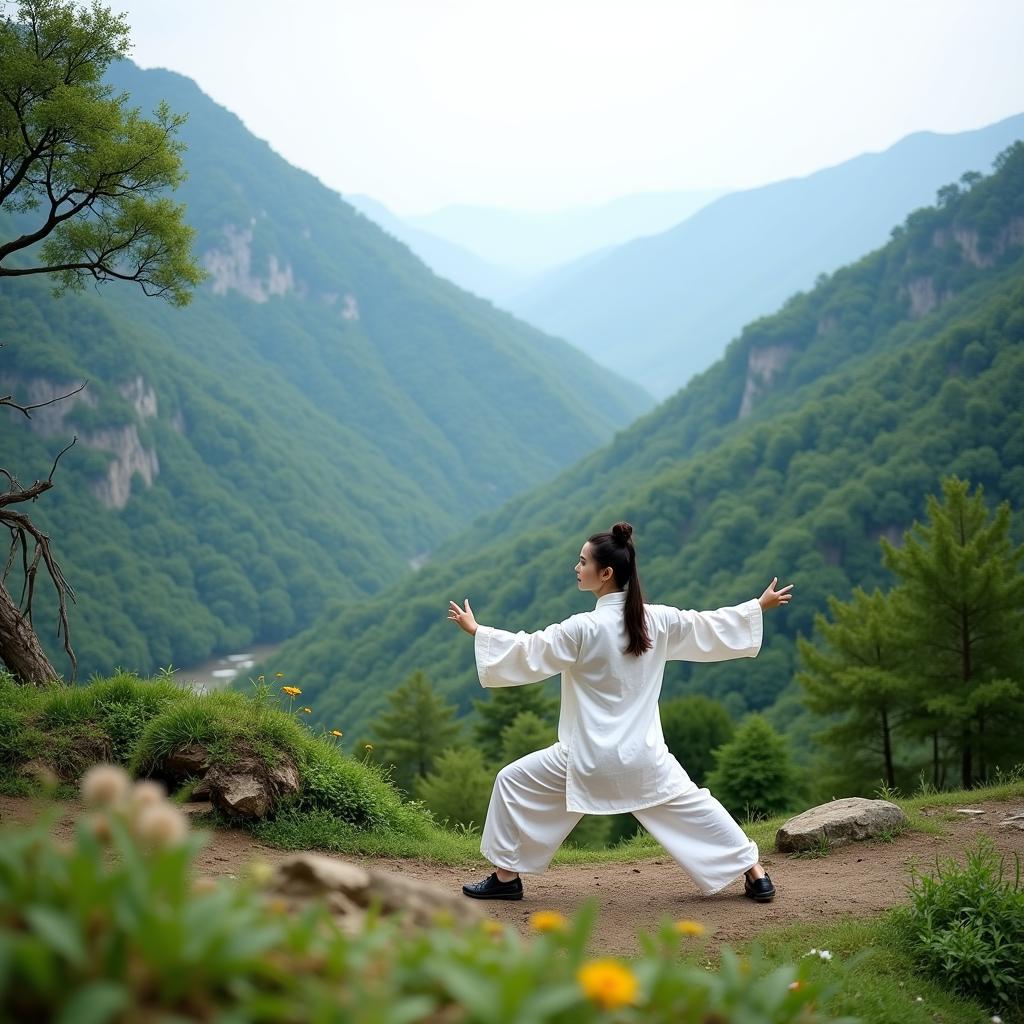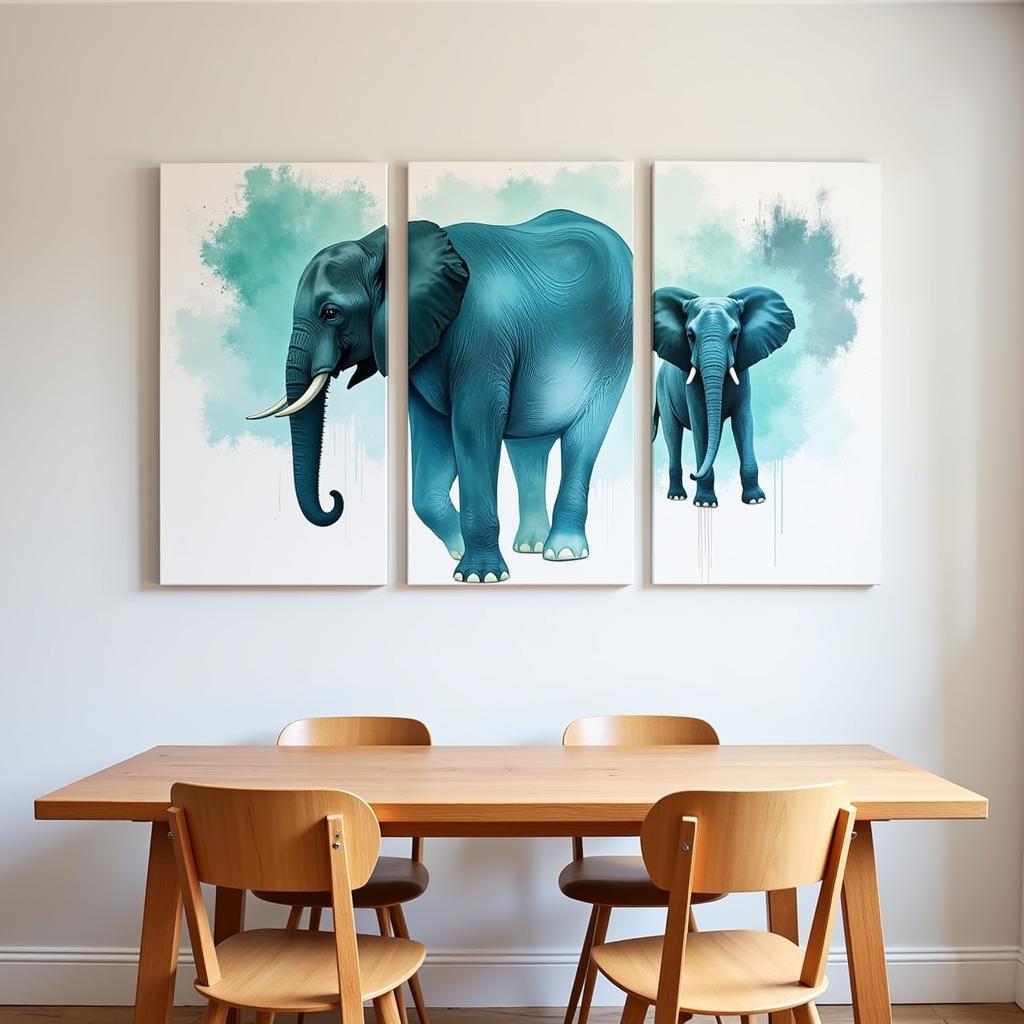Exploring the Exquisite World of Art Nouveau Sculpture
Art Nouveau Sculpture, a captivating fusion of art and nature, flourished at the turn of the 20th century. Characterized by its flowing lines, organic forms, and intricate details, this sculptural style embraced the beauty of the natural world, often incorporating floral motifs, insects, and the female form. From architectural adornments to intimate figurines, Art Nouveau sculpture left an indelible mark on the artistic landscape, influencing design and aesthetics for generations to come.
The Essence of Art Nouveau Sculpture: Nature’s Embrace
Art Nouveau sculpture distinguished itself through its distinct characteristics, setting it apart from previous artistic movements. The emphasis on organic forms and the incorporation of natural elements, such as flowing vines, delicate flowers, and graceful curves, became hallmarks of the style. The female figure, often depicted as ethereal and enigmatic, played a central role, symbolizing both beauty and the power of nature. The artists of this period sought to create works that were not only visually stunning but also evocative of the natural world’s inherent beauty and mystique.
Many Art Nouveau sculptures were incorporated into architecture, becoming integral parts of buildings and public spaces. These architectural sculptures often served functional purposes, such as supporting balconies or framing doorways, while simultaneously enhancing the overall aesthetic appeal.
 Art Nouveau Architectural Sculpture on Building Facade
Art Nouveau Architectural Sculpture on Building Facade
Key Characteristics of Art Nouveau Sculptures: A Closer Look
Several key elements define Art Nouveau sculpture, allowing for its easy identification and appreciation. These include the use of asymmetrical compositions, which create a sense of dynamism and movement within the artwork. The focus on craftsmanship and meticulous detail elevates these pieces to a level of artistry that is both impressive and captivating.
Beyond its aesthetic appeal, Art Nouveau sculpture also embraced symbolism. Artists often imbued their work with deeper meaning, using natural motifs to represent abstract concepts like growth, renewal, and the cyclical nature of life. The frequent depiction of the female form, often intertwined with floral or vegetal elements, further reinforced this connection to nature and its life-giving force.
You might be interested in exploring more on the topic of femininity art.
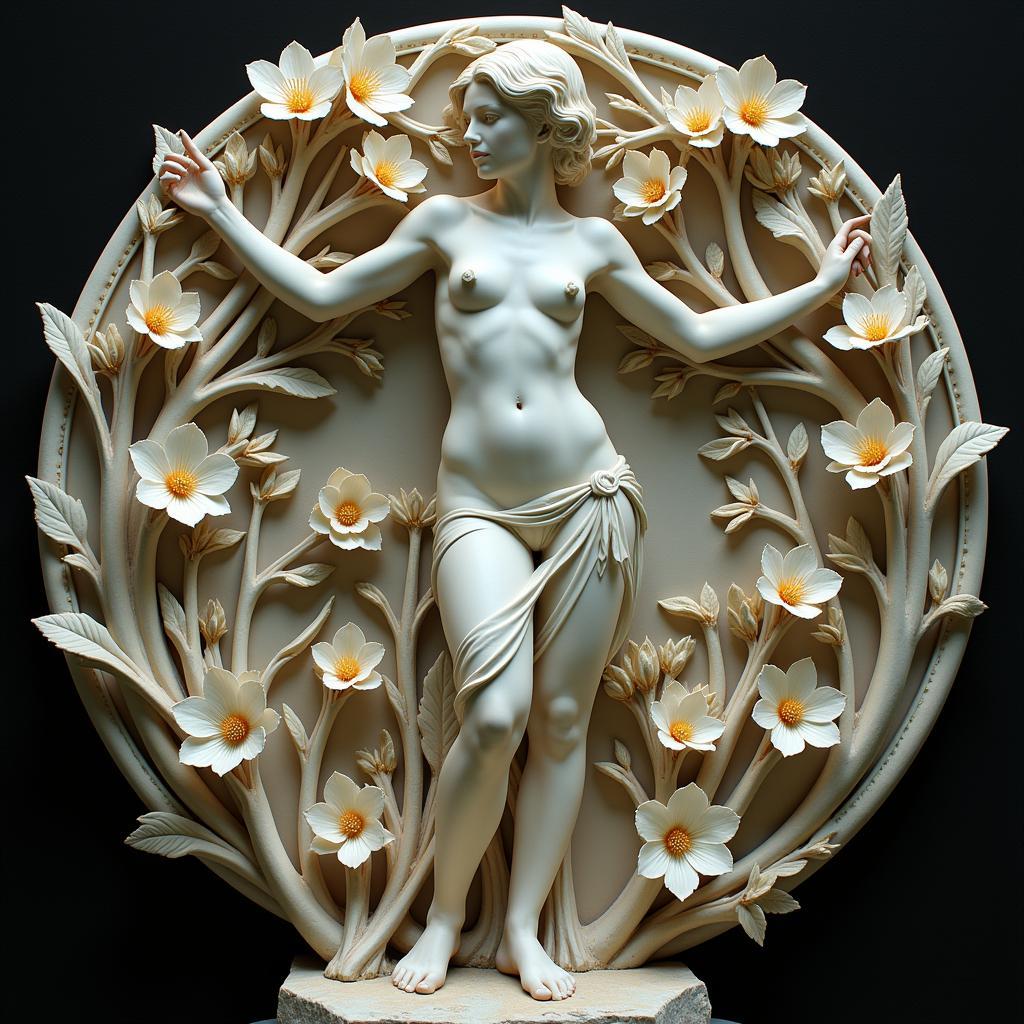 Art Nouveau Female Figure Sculpture with Floral Motifs
Art Nouveau Female Figure Sculpture with Floral Motifs
Art Nouveau Sculpture Materials and Techniques: From Bronze to Glass
Art Nouveau sculptors employed a variety of materials, each chosen for its unique properties and ability to convey the desired aesthetic. Bronze, with its warm tones and ability to capture intricate details, was a popular choice, particularly for larger-scale works. Glass, with its translucence and ability to refract light, was often used to create ethereal and otherworldly effects. Other materials, such as ceramics, wood, and ivory, were also utilized, each adding its own distinct character to the finished piece.
The techniques employed by Art Nouveau sculptors were as diverse as the materials they used. Casting, carving, and molding were common methods, each requiring a high level of skill and precision. The artists of this period were masters of their craft, pushing the boundaries of traditional techniques to create innovative and visually stunning works. Looking at wood art figures might give you further inspiration.
Who Are Some Famous Art Nouveau Sculptors?
Several artists significantly shaped the Art Nouveau sculpture movement, leaving behind a legacy of exquisite and influential works. René Lalique, a French glass and jewelry designer, is renowned for his intricate and fantastical creations, often featuring insects, flowers, and mythical creatures. Anton Gaudí, a Spanish architect, incorporated sculptural elements into his architectural masterpieces, blending organic forms with innovative structural designs. These and other artists helped to define Art Nouveau sculpture, pushing the boundaries of artistic expression and leaving an indelible mark on the art world. Explore the elegance of ginkgo art for a deeper dive into nature-inspired aesthetics. The flowing lines of linear wall art also resonate with Art Nouveau’s essence.
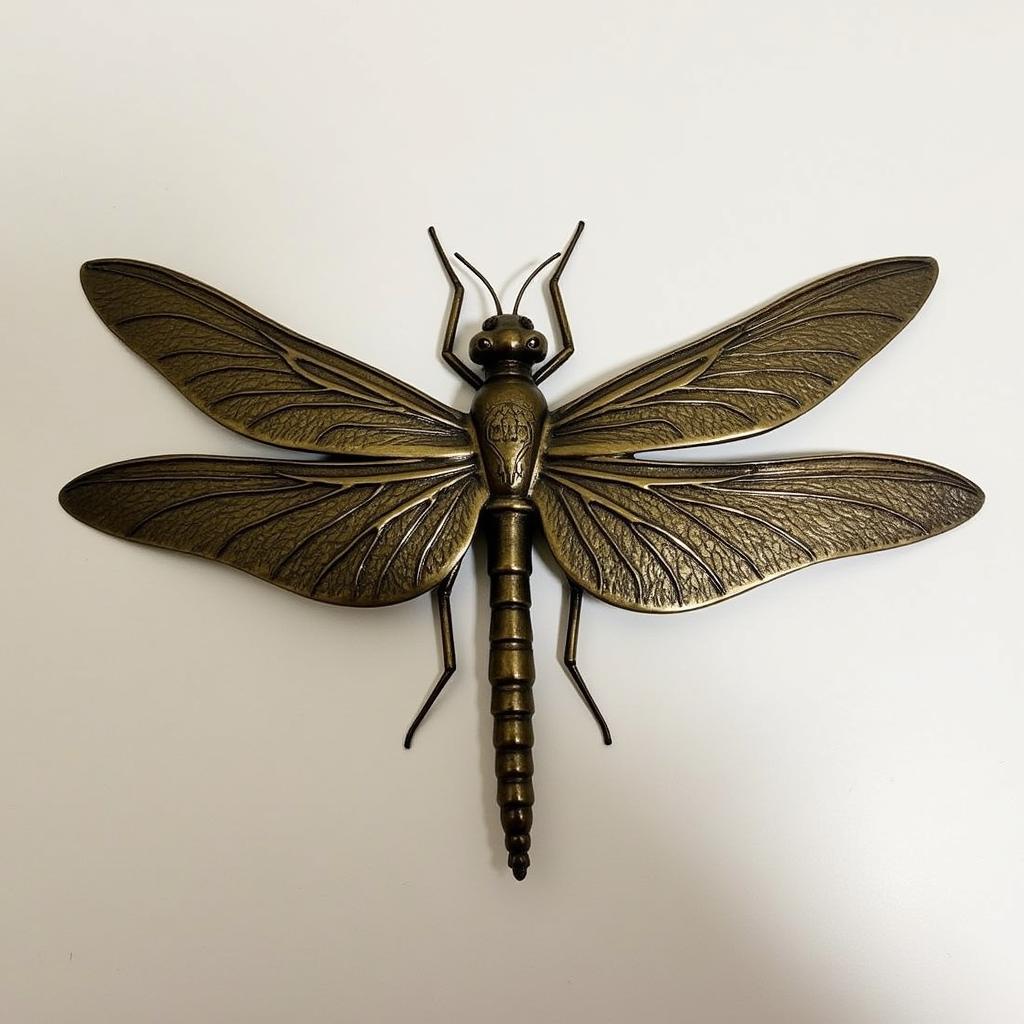 Art Nouveau Bronze Sculpture with Insect Motif
Art Nouveau Bronze Sculpture with Insect Motif
Art Nouveau Sculpture Today: A Lasting Legacy
Art Nouveau sculpture continues to inspire and influence artists and designers today. Its enduring appeal lies in its timeless elegance and its celebration of the natural world. Museums and galleries around the world showcase Art Nouveau masterpieces, allowing viewers to appreciate the artistry and craftsmanship of this remarkable period. Collectors eagerly seek out original Art Nouveau sculptures, recognizing their historical significance and artistic value.
The influence of Art Nouveau can be seen in contemporary art, design, and architecture, demonstrating its lasting impact on aesthetics and creative expression. The style’s emphasis on organic forms and natural motifs continues to resonate with artists and designers who seek to create works that are both beautiful and meaningful. Discover the captivating world of an art nouveau goddess and delve into the symbolic representation of the feminine divine.
Conclusion: The Enduring Allure of Art Nouveau Sculpture
Art Nouveau sculpture stands as a testament to the power of artistic innovation and the enduring beauty of the natural world. Its flowing lines, organic forms, and intricate details continue to captivate and inspire, reminding us of the vital connection between art and nature. From the grandest architectural adornments to the most intimate figurines, Art Nouveau sculpture remains a treasured part of our artistic heritage.
FAQ
- What is the main characteristic of Art Nouveau sculpture? Organic forms and natural motifs.
- What materials were commonly used in Art Nouveau sculpture? Bronze, glass, ceramics, wood, and ivory.
- Who is a famous Art Nouveau sculptor? René Lalique.
- Where can I see Art Nouveau sculptures today? Museums and galleries worldwide.
- How did Art Nouveau sculpture influence later art movements? Its emphasis on organic forms and natural motifs continues to inspire artists today.
- What is the significance of the female form in Art Nouveau sculpture? It symbolizes beauty and the power of nature.
- What distinguishes Art Nouveau sculpture from other art movements? Its unique blend of organic forms, natural motifs, and intricate detail.
Common Scenarios and Questions:
- Scenario: You are redecorating your home and want to incorporate Art Nouveau elements. Question: Where can I find authentic Art Nouveau sculptures or reproductions?
- Scenario: You are an art student researching Art Nouveau. Question: What are the key stylistic differences between Art Nouveau and Art Deco sculpture?
Further Exploration:
For more information on related topics, you might find articles on Art Deco sculpture, Symbolism in art, or the history of decorative arts helpful.
Contact Us
For assistance, please contact us at Phone: 02462573573, Email: danteum@gmail.com or visit us at Savico Megamall, 7-9 Đ. Nguyễn Văn Linh, Gia Thụy, Long Biên, Hà Nội 10000, Việt Nam. We have a 24/7 customer service team.

